With guest director Jakob Lehmann, the Australian Romantic & Classical Orchestra is undertaking its first national tour for their New Constellations concert. Combining the work of two Romantic composers, this program presents a joyful dynamic with some unusual classic instruments.
The two pieces of the program create a light atmosphere and speak to each others’ interpretation of fanciful or fairytale-esque imagery. Dr Megan Lang quotes Felix Mendelssohn’s sister Fanny in the program regarding “Octet for Strings in E-flat Major”, “one feels so near to the world of spirits, carried away in the air, half inclined to snatch up a broomstick and follow the aerial procession … and at the end, … all has vanished.” The program can be said to play with time and place in musical narrative, shooting off into the future while carrying prized elements of the past along, too.
From the first notes of Mendelssohn’s “Octet for Strings”, the Australian Romantic & Classical Orchestra place themselves in perfect harmony. The opening movement is classical easy-listening well led by the confidence of Jakob Lehmann on violin. At times the pace slows to a near stop before racing on to the next dip in tone, keeping the piece light in spirit and footloose. The second movement employs more immediate contrast between the heavy and light aspects of the range of string instruments with some nice moments of affinity between the violins (Lehmann, Rachael Beesley, Miki Tsunoda, and Anna McMichael) and violas (Simon Oswell and Bernadette Verhagen) in particular.
In the third and fourth movements, the composition takes on a wild energy starting with a buzz sent around the players with a silly quickness, like a fly flitting between the instruments imagining the freedom of a meadow in springtime. The playful character continues into the final movement where the cellos, played by Daniel Yeadon and Natasha Kraemer, step boldly forward with an untamed sound that flows down the players to land on Lehmann’s violin and invites a loss of all restraint in the composition. With a quick flick, order is restored and the energy funnelled into a playful dance, instead.
For the second piece, the program takes on a folk edge with Johannes Brahms’s “Serenade No. 1 in D Major for Nonet” which incorporates a flute (Georges Barthel), two clarinets (Nicole van Bruggen and Emily Worthington), a bassoon (Robert Percival), and a horn (Darryl Poulsen) into the string arrangement. Written from fragments in archives and written memories, this piece is explained as referencing experimental instrument making in the late 19th-century, particularly for wind instruments.
In the opening the steady double bass (Robert Nairn) plods along like a heartbeat while the lively chirping of the horn, flute, and clarinets plays above. There is certainly a spring-like and uplifting quality to the rising tones and the give and take relationship between the strings and wind instruments. There are tonal shifts throughout but particularly in the fourth movement where the bassoon plays a cheerful bopping rhythm like a cartoon steam engine, which contrasts with the dreamy cello (Yeadon) as though the two players are calling from different planes.
This opens into a heraldic fifth movement with a prominent horn welcoming listeners in like the entrance to a grand dance. And what ensues is much like a dance in its animated and fun tone. In the final movement, it feels as though the players are reaching the end of a great journey, an adventurous narrative that combines elements of the earlier racing rhythms with the subdued grandeur of the leading strings.
The Australian Romantic & Classical Orchestra as a pleasure to witness playing. From their superb skill and immensely high quality to their palpable camaraderie between the players on stage, they are a sublime experience.
New Constellations is touring nationally from August 16th – 25th.

